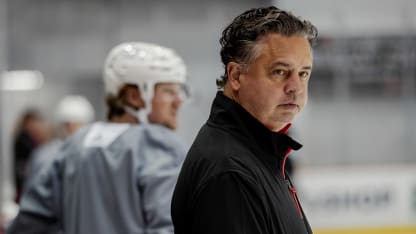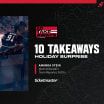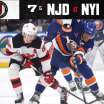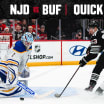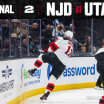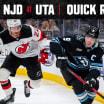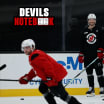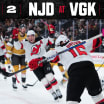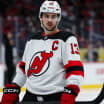For those trivia buffs, remember the name Travis Green.
The former head coach of the Vancouver Canucks and now associate coach of the New Jersey Devils has quite the unique distinction. He’s the first coach to work with all three Hughes brothers, Quinn in Vancouver and now Jack and Luke in Jersey.
“All three are phenomenal players. Not just great players on the ice but great people off the ice,” Green told NJD.tv’s Amanda Stein in an exclusive 1-on-1. “For me that’s the first step in a player being a winning player is being a good person off the ice as well.”
Green, who was hired by the Devils over the summer, has coaching experience at the junior, AHL and NHL levels. And he’s eager to start working with his newest NHL club.
“You spend all summer watching video talking about training camp. When it finally gets here it’s great to not only get back on the ice and start coaching again,” Green said, “but being able to meet everyone and seeing everyone for the first time is eye opening to me. It’s one thing to watch a player on video but it’s another thing to actually see everyone live and in person.”

